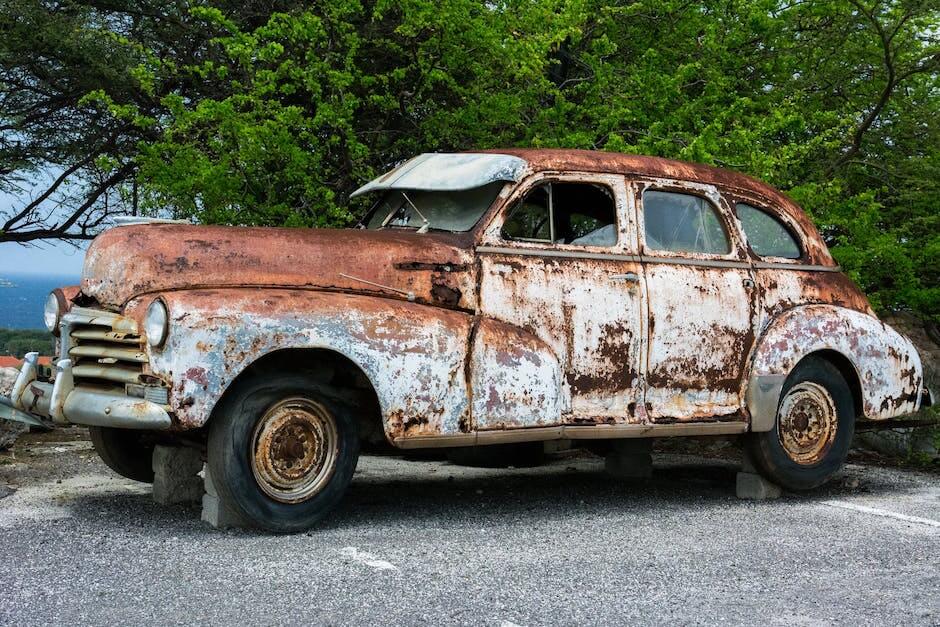What are Sandblasters Used For?
Sandblasting uses range from glass etching, paint or rust removal from surfaces, to simple surface preparation. Hence, a sandblasting cabinet is a great addition in any commercial operation, home garage, and beyond. Known also as abrasive blast cabinets or bead blasters, these air powered machines make quick work out of the toughest jobs. However, they also do more than just brute force work.
Glass Etching and Engraving
Carefully harnessing the extreme power of a blast cabinet allows users to etch the delicate glassware surfaces. Thus, the growing wine and craft beer market is an excellent opportunity to invest in a sandblasting cabinet. Many wedding parties also present huge markets for engraved glassware. Lasers and acid washes engrave glass as well, however, nothing replaces the ultra-crisp edges that bead blasting produces. Therefore, investing in a Cyclone cabinet can make your venture into glass etching both exciting and affordable.
Deburring
Drilling and cutting wood, metal, or any material produces pesky little scraps that cling to your work. These “burrs” are indeed pesky, and provide another abrasive blasting opportunity. Abrasive bead blasting equipment easily removes these burrs from a work piece. Above all else, with careful application, the process will not damage to the surface of the piece. Thus, smoothing out the surface and improving the appearance.
Stone Engraving
Stone engraving is a popular use for media bead blasting (sandblasting). Even though most stone is very hard, exposure to a media blast stream allows the user to carve into the stone leaving behind a beautiful result.Learn more about this use here. Stone engraving markets range from headstones to fundraising events.
Surface Preparation
Applying paint, adhesive, or other compounds requires a properly prepared surface. In some cases, a rough surface is best to improve the application. Abrasive media such as glass beads or aluminum oxide bounces off the surface from an abrasive sandblasting cabinet produces a magnificent surface for applying products/chemicals.
Peening
During abrasive blast cabinet peening, the abrasive leaves the blast nozzle, impacts the part, and mostly strengthens the part. The type of abrasive used to perform this action will greatly determine if you end up peening the piece or deburring the piece.
Sandblasting Uses: De-Flashing
Industries that “mold” plastics into shapes, leave residual material that is in excess of the produced parts. This “extra” or flashing is easily removed using an abrasive sandblasting system. A gentle application of an abrasive blast stream toward the product flashing quickly and easily removes the material without damaging the part.
Weld Splatter Removal
During the welding process, it is natural for “sparks to fly” and when they land on a part, they can leave behind small pieces. This “splatter” is easily removed with a media/bead sandblaster without damaging the weld or the work piece. Welding is tough enough, let a Cyclone abrasive blast solution help you with your splatter removal, surface preparation, and more.
Automotive Uses
From upgrading vehicles, prepping for painting, engine rebuilding and so many more abrasive sandblasters are right at home in the automotive industry.
Need Additional Information or Have Questions?

